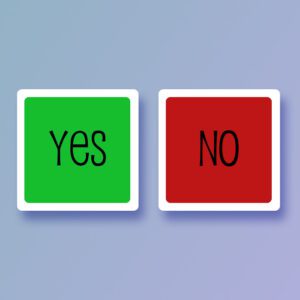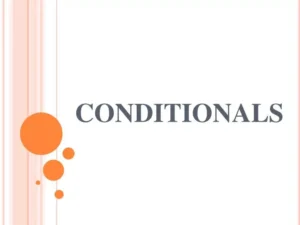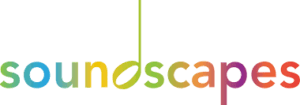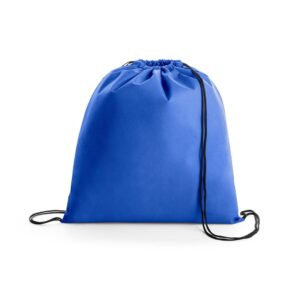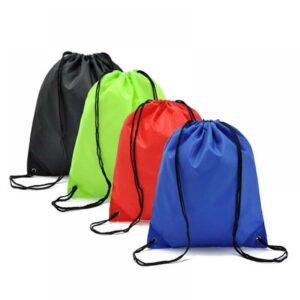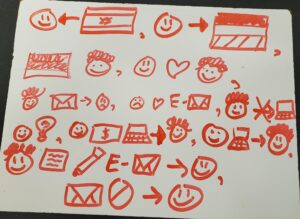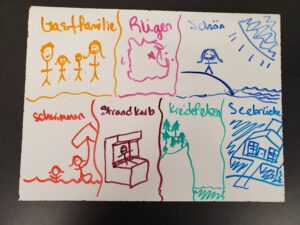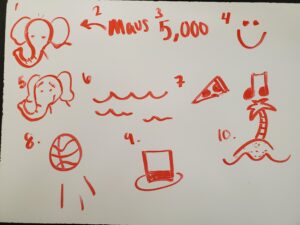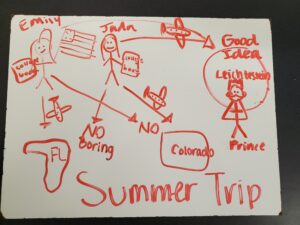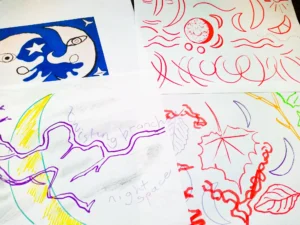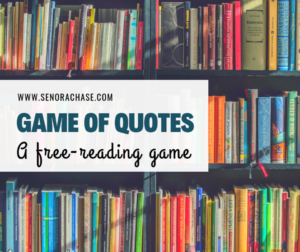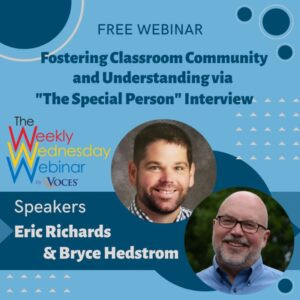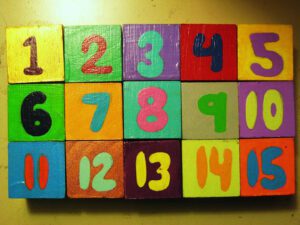Activities & Resources
The following post is courtesy of Keith Toda. He teaches Latin at Parkview High School, a public school in Lilburn, GA. He teaches with four other Latin teachers in one of the largest Latin programs in the nation (USA). I highly recommend that you bookmark his blog and come back to it. There is truly…
Read MoreAs you may know, I’ve been rethinking how I engage with my students and how I need to make sure that the communication in my classroom is purposeful. That is, I am trying to communicate in a way that allows me and my students: With that in mind, I wanted to share a simple activity…
Read MoreNote: This is a longer blog post, but I promise it is worth your time to read it! This is my first of what I hope are many collaborative posts with Keith Toda. I first met Keith at the 2023 CI Summit in Savannah. Both of us were assigned to serve as team members/trainers for…
Read MoreI wanted to share a quick update on Soundscapes. I’m hoping this makes your teaching life a bit easier. If you haven’t gotten the chance to read the original post about Soundscapes, you need to read it HERE, before continuing. It will explain the setup and give you links to implement a “soundscape.” Side note…
Read MoreI first came across the idea of “soundscapes” at the Comprehenisble Iowa conference. At the conference, I had the pleasure of seeing Diane Neubauer present on this activity (and other interactive listening strategies.) It was a great presentation and it really resonated with me. (I especially enjoyed that we got to experience a “soundscape” together…
Read MoreThe following post is courtesy of Keith Toda. You can find the original post by Keith Toda’s here. It is re-posted here with his permission. Note: I also saw Keith give a presentation about this topic at the Comprehensible Iowa Conference (CIIA) in 2024. A Few Thoughts Before you read Keith’s blog, please allow me…
Read MoreThis an simple, low prep activity that students really enjoy. It is similar to 20 questions, but you can vary it to help keep it feeling new for students. (Find that link below!) Here is the basic set up: 1. Put an object in a bag. (It can be a representation of an object also,…
Read MoreNote: Please read the post “What’s in the Bag?” before reading this post: As I wrote in the original “What’s in the Bag?” post, my students really enjoy this activity and they always ask to play it. However, as with any activities, it can get stale if you don’t vary it from time to time.…
Read MoreNote: Please read the following blog posts before this one: Keywords (and Pictures) This activity is a simple variation to “Keywords (and Pictures) & Read, Draw, and Discuss / Listen, Draw, and Discuss” . However, instead of using drawings during the activity, students use emojis. I know that this seems like a rather minute (and even perhaps inconsequential)…
Read MoreThis activity is similar to “Picture Talk”. If you are are not familiar with Picture Talk, you find out more here: How do I do a Picture Talk Picture Talk 101 This is most likely not the newest, most groundbreaking activity that you will come across, but nonetheless, I enjoy doing this activity with my…
Read MoreNote: Please read the following two blog posts before this one: This activity is a simple variation to “Read, Draw, and Discuss” and “Listen, Draw, and Discuss“. The short of it is, instead of using drawings during the activity, students use keywords (in the target language). A small variation is to have them use both…
Read MoreThis activity is an excellent way to personalize a text/story and give students ownership of it. In this activity, students are not only supported in their engagement with the language, but they also get the benefits of repetition of the vocabulary and structures. What is more, they even get the benefits of drawing, including memory…
Read MoreThis activity is similar to Read, Draw and Discuss, however it has a twist. You’ll notice that it is “Listen” and not “Read” in the title. It is an excellent way to scaffold support for listening comprehension with students. In this activity, students are not only supported in their engagement with listening and comprehending the…
Read MoreThe following post is courtesy of Keith Toda. He teaches Latin at Parkview High School, a public school in Lilburn, GA. He teaches with four other Latin teachers in one of the largest Latin programs in the nation (USA). I highly recommend that you bookmark his blog and come back to it. There is truly…
Read MoreA recently posted on an activity called “Read, Draw, and Discuss“. After incorporating this activity, I started incorporating whiteboards and drawing more often in my classes at all levels. (I will post more on how I incorporated them later. So, check back!) I originally did it, because my students enjoy it and are more engaged…
Read MoreThe following post is courtesy of Keith Toda. He teaches Latin at Parkview High School, a public school in Lilburn, GA. He teaches with four other Latin teachers in one of the largest Latin programs in the nation (USA). I highly recommend that you bookmark his blog and come back to it. There is truly…
Read MoreHere is the link to my presentation: CI Summit: Writing Strategies for the ADI Classroom. Part 1 Part 2 Part 3 I hope it fills a need and you find it helpful! If you have any questions, please contact me directly at: contact@eric-richards.com Thank you! Mach’s gut!
Read MoreHere is the link to my presentation: VOCES: Focusing on Short Stories in Our Story Part 1 Part 2 I hope it fills a need and you find it helpful! If you have any questions, please contact me directly at: contact@eric-richards.com Thank you! Mach’s gut!
Read MoreHere is the link to my presentation: Entry Points into Culture I hope it fills a need and you find it helpful! If you have any questions, please contact me directly at: contact@eric-richards.com Thank you! Mach’s gut!
Read MoreNote: There is a link to resources below. If there were only one thing that we could do with our students in the classroom, what should it be? Reading. Reading is unquestionably one of the most important things – if not the most important thing – that our students should do. I would even add…
Read MoreNote: There are links to resources below. As world language educators, we are tasked with not only making the target language accessible and comprehensible to our students, but also getting our students to engage in presentational, interpretive, and interpersonal modes of communication in the target language. As many world language teachers try to find a…
Read MoreSometimes you come across an activity that you just have to share; it is too good not to! And Game of Quotes: A Free-Reading Game is one such activity. This activity was shared with me by my colleague, Cathleen Weigelt-Ferguson. I am so happy that she passed this along. It has been hit in my…
Read MoreI know that we hit the ground running on day one of the school and it doesn’t seem to let up until the following summer. I also know that it can be difficult to design and implement new activities and lessons as the school year races by. So, I thought I would share just a…
Read MoreI teamed up with Bryce Hedstrom (brycehedstrom.com) at the Voces Digital “Weekly Wednesday Webinar” to give a presentation entitled: Fostering Classroom Community and Understanding via ‘The Special Person’ Interview. Link to the video recording: here Link to my presentation: here I really enjoy the activities presented in this webinar. They are great ideas how to…
Read MoreI came across these brain breaks on Bryce Hedstrom’s blog. With his permission, I am sharing them here as resource for language teachers. (I should mention that I did the German version of these puzzles.) These brain breaks are fun, quick and my students enjoyed doing them. They reinforce numbers in the target language and…
Read MoreRecently, after sharing a bit about some inspiring educators in a post, I had some inquiries about what other educators and resources that I find useful.Below you will find links to some worth-while blogs, other websites, and their resources. This is by no means an exhaustive list, but my hope is that it offers a…
Read MoreAs I wrote in a previous entry, I do not know where I would be today without fellow educators, who shared their insights, talents and personal stories of struggles and successes. So, I thought I would take a moment to share a bit about just a few of those educators that I met along the…
Read More
